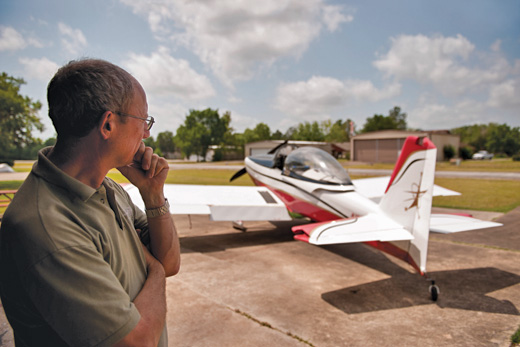
Editor’s Note: This month we begin a wide-ranging discussion with columnist and multi-time builder Paul Dye. As an incredibly prolific writer and deep thinker (our words, not his), Dye has used his engineering discipline to jot down his thoughts on the many lessons learned as we gain experience as pilots and builders. His goal, and ours, is to leverage the tribal knowledge of longtime builders such as Dye to get you thinking about Experimental aircraft on a higher level. Not simply nuts and bolts, but larger concepts centering on safety and self-discipline. We hope you enjoy this series.
The world of Experimental aviation is an interesting place. It includes people and organizations from the smallest garage tinkerer to the largest global corporations and world governments. The general public, when confronted with the term, will probably think of X-planes and rocket ships, while the general aviation pilot might think more in terms of homebuilt and unusual flivvers. Many have Experimental airplanes because that is the regulation under which we are allowed to build and maintain our own planes, but they have little interest in experimenting with new and untried technology. They simply want to own and operate an affordable airplane. Others are excited to tinker with new ideas and new technology, perhaps even with the goal of developing something for the market that could advance the science and even produce a few dollars.
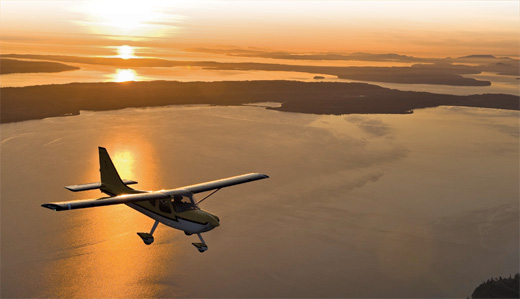
Successful flying, the kind we all consider the ultimate exercise, is totally in the hands of the pilot. The same goes for the building.
Some Commonalities
What all of these various ideas have in common are the eventual attempts to go aloft in a new or untried aircraft. Because “normal” safety rules are often waived or not required to be observed, there is at least the perception of a heightened degree of risk when these aircraft are operated. Fortunately, through decades of hard (and often fatal) lessons learned by those who have gone before, we can look at history and make observations about the ways in which we can reduce the risks involved in Experimental aviation.
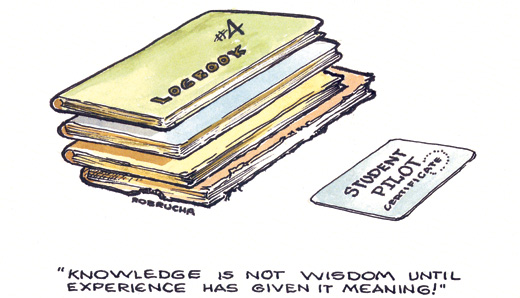
These risks are not only to life and limb; the risk of failure, and of spending great gobs of money for little return are all too common. I have been extremely fortunate to have been involved in the development and operation of high-technology aerospace vehicles for decades, and through this involvement, have collected a variety of observations, lessons learned and tips that can just as easily be applied to a multi-billion dollar flight-test program as to a one-off Light Sport homebuilt being put together in a basement.
One element marks all of the dedicated aerospace professionals I have worked with in my career—a commitment to learning from the lessons (and mistakes) of others to improve the safety record of the vehicles we know as flying machines. It is true that we still take risks, and we still lose people now and again. Hopefully, we learn and understand from each tragedy. Unfortunately, the records of the NTSB are filled with repeat lessons that have not been learned by some recreational pilots—or, to be fair, by many professionals as well. It is sad to lose someone to a unique event, but sadder still to see mistakes repeated that cost the lives of more than the unlucky initial victim.
In the flight-test organizations with which I have been involved, there are two key parameters that we strive to meet every day. We want to complete missions safely (everybody comes home), and we want to complete them successfully (all predefined objectives accomplished). Unless you are flying an unmanned, disposable drone, it is rare to have a successful mission if it is not also a safe one, but you can have a safe mission that is not fully successful. And that is OK—you can always re-fly a mission if you still have the vehicle and the people. It’s hard to get a do-over if either one hasn’t come back.
Safe and successful—two key words to remember as you contemplate the tips we will discuss through the course of this series.
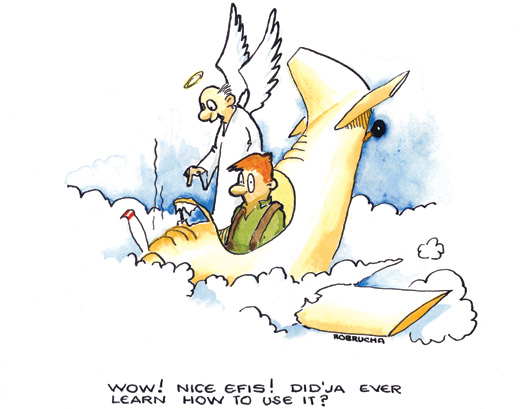
In Your Hands
In the end, we are each responsible for the decisions we make and the actions we take. Aviation does not allow us the luxury of assigning blame to someone else when we are both building and flying our own aircraft. If there is something that you don’t know, you have to take the time to learn it. Almost all accidents, incidents and mishaps can ultimately be traced back to human error—a fact that comes out in accident reports time after time. It is rare when the machine simply fails on the pilot; it does happen, but not often. And frequently, when it does, it is the fault of the person building or maintaining the aircraft—something that the pilot of a certified aircraft might be able to pin on someone else, but those of us who chose to build and maintain our own must shoulder ourselves.
The most common human error is bad judgment. That judgment can come in the planning, building or flying parts of Experimental aviation. So we must think in terms of using good judgment whenever we step into the aviation arena. Whether you are drilling holes and pounding rivets, selecting equipment for your new airplane or pushing the throttle forward for your first flight, the requirement is just as valid: Good judgment is more important than pure building, design or flying skills. Good judgment comes from experience, which frequently comes from encountering your own moments of bad judgment. But it can also come by learning from other people’s mistakes and their moments of bad judgment.
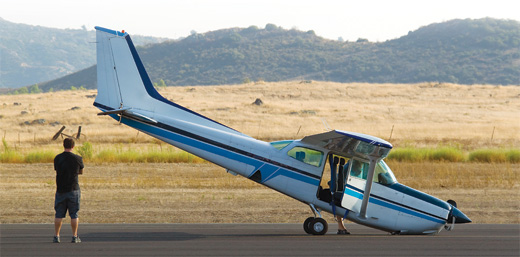
Whoops. Distraction, lack of planning, poor judgment or just a plain old accident? Stuff happens in aviation. Your job is to have the right mindset to avoid the worst.
This series of articles will explore some of the tips that I have learned over a span of more than three decades in the aviation field. We’ll talk about these tips in plain language that we can all relate to. I hate it when things get gobbledy-gooked up with obscure buzzwords that only the safety community likes to use. If the message isn’t understood, then it might as well have not been sent, right?
Many of these are obvious to a majority of people; some of them might be new to all. But if even a small group is exposed to them for the first time as we explore these ideas, then I believe there will be benefits. Benefits in both safety and overall satisfaction with the “aviation experience,” for mistakes do not lead only to incidents and mishaps—they can also lead to unfinished and untouched airplanes, which is another sad outcome. The hope is that we can improve our safety and completion records in the homebuilt aircraft community by the wider discussion of ideas known and used by professional flight-test organizations throughout the world.













